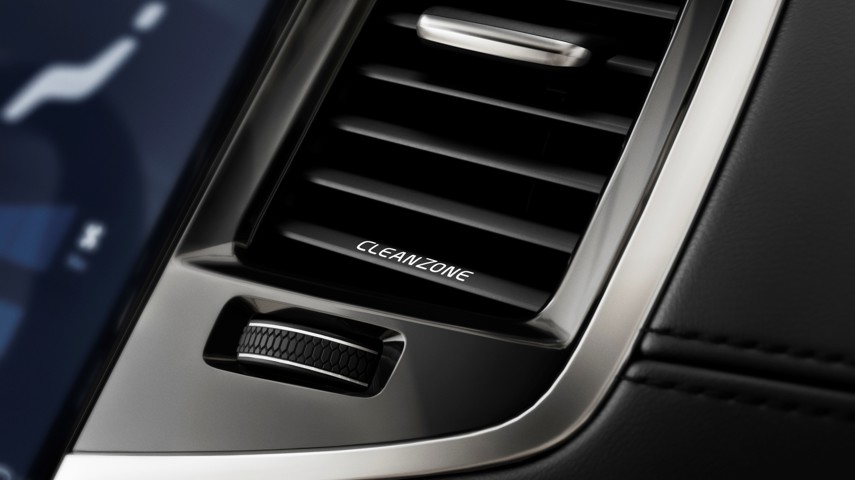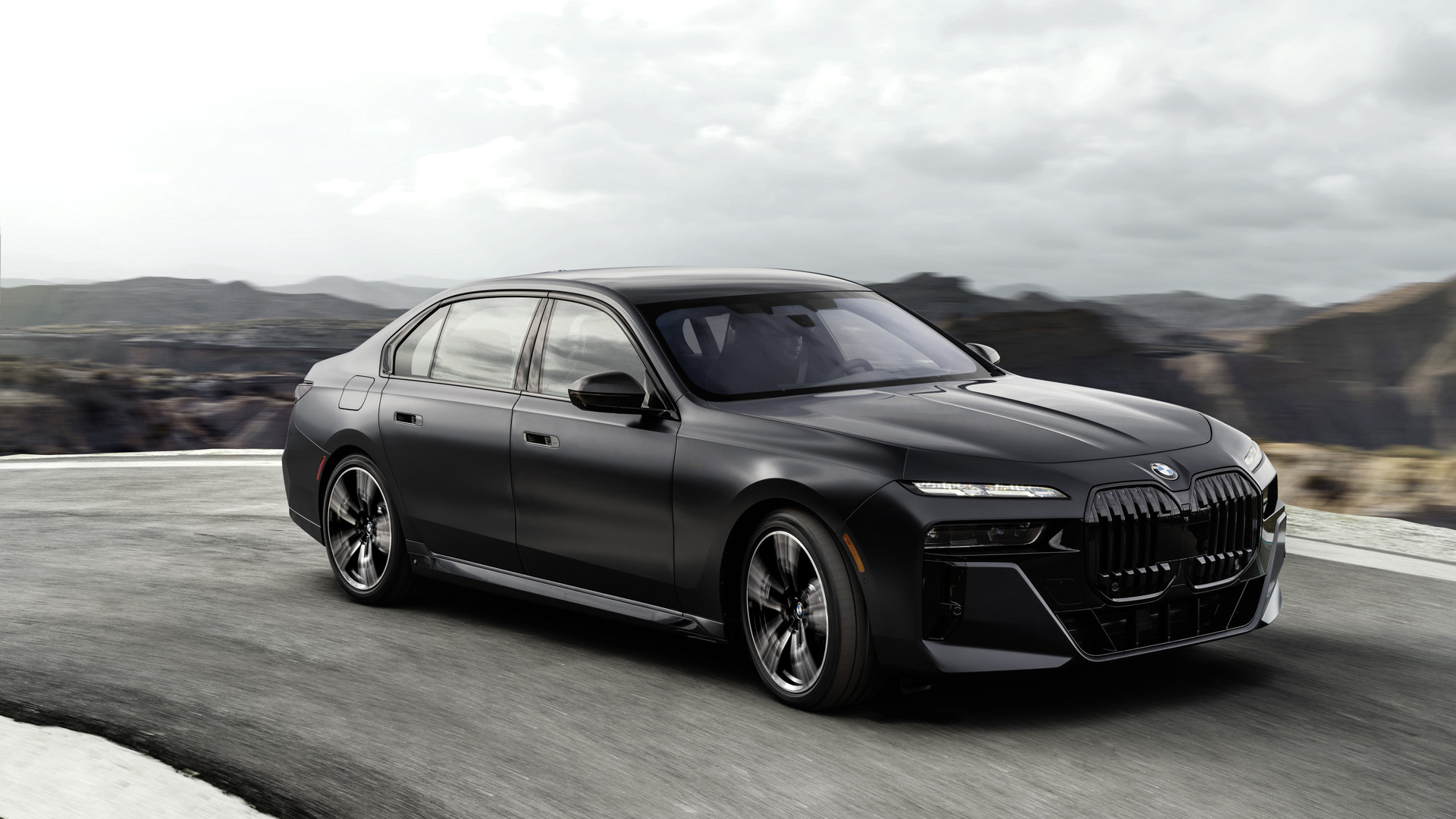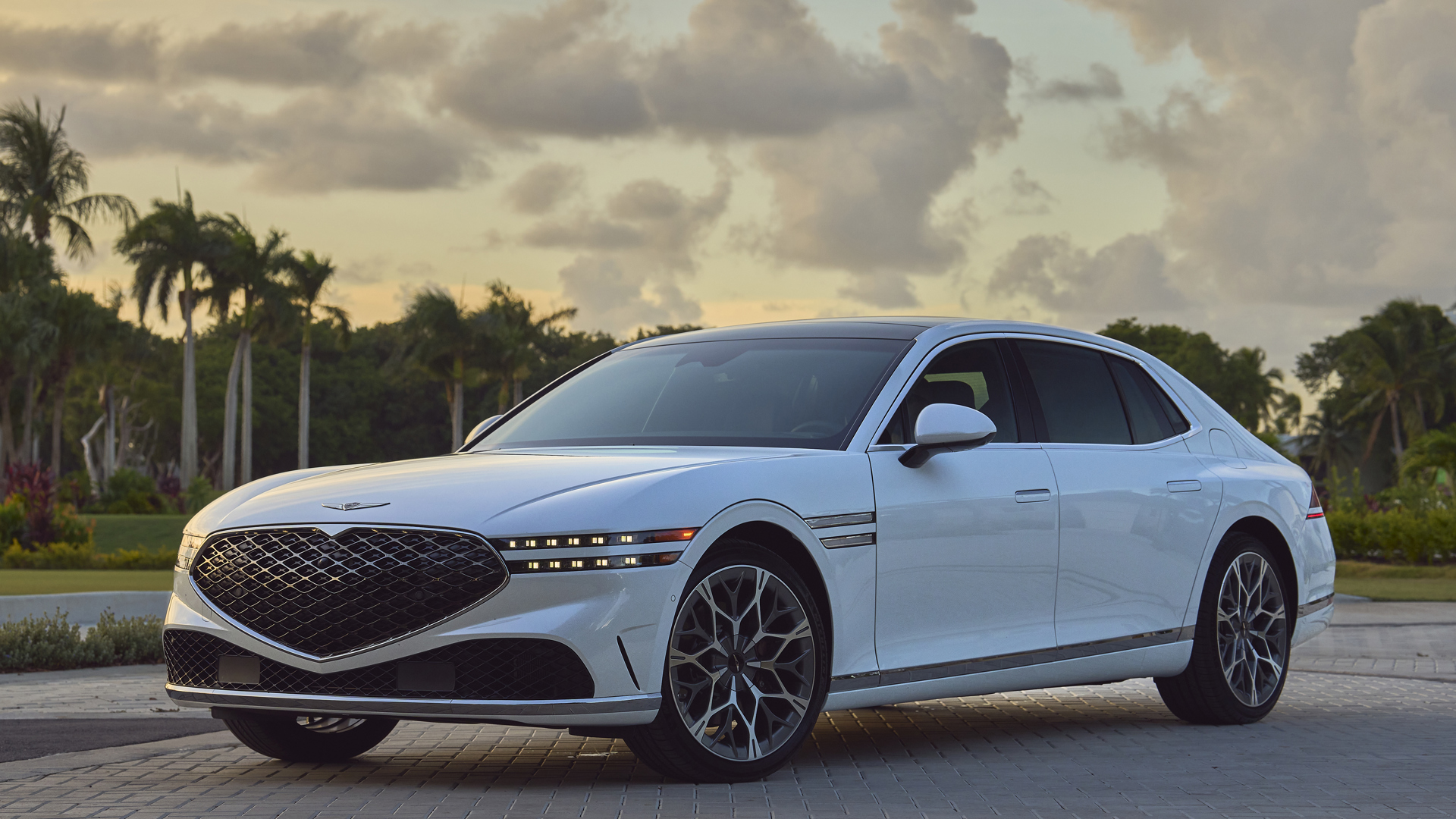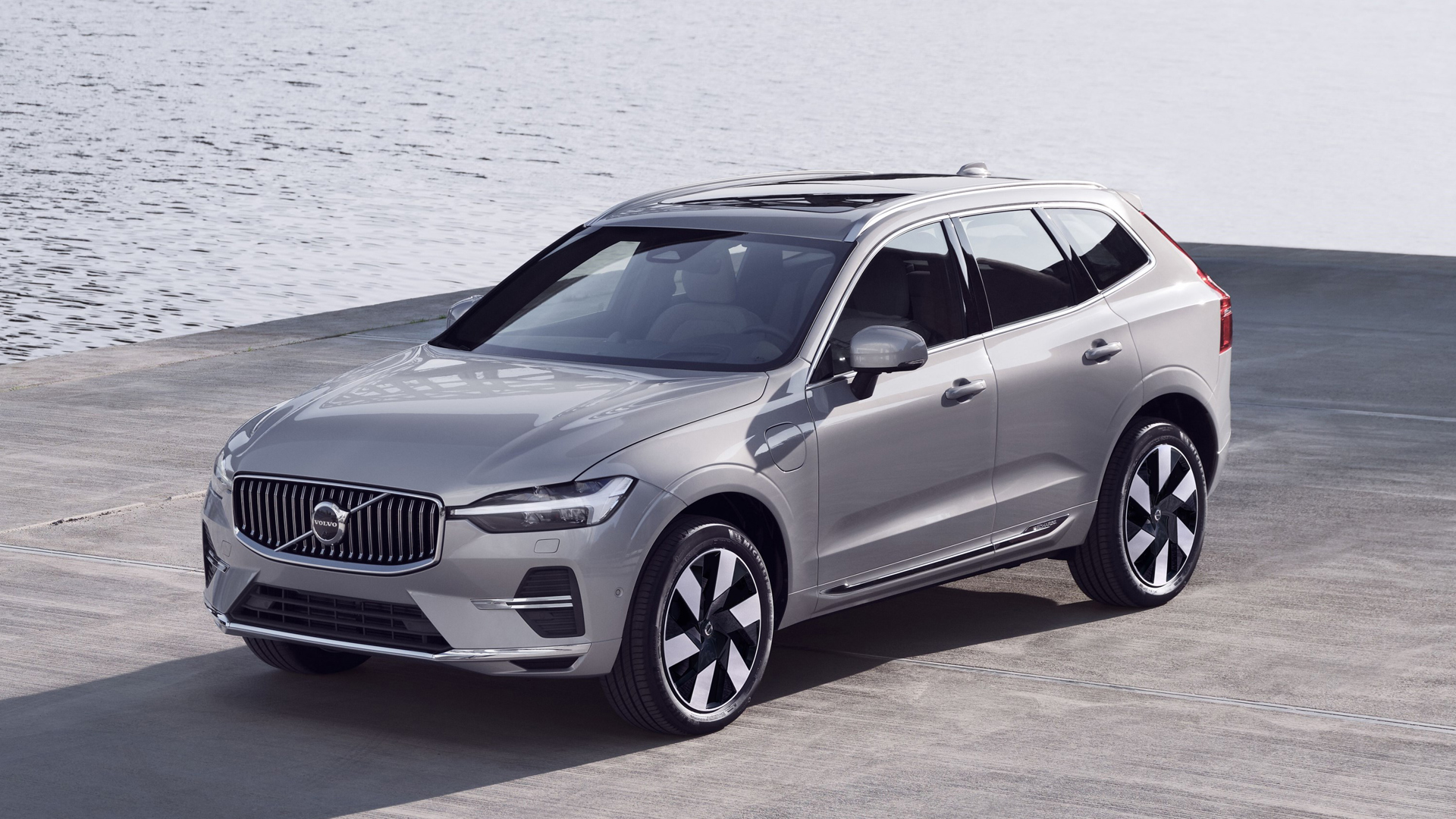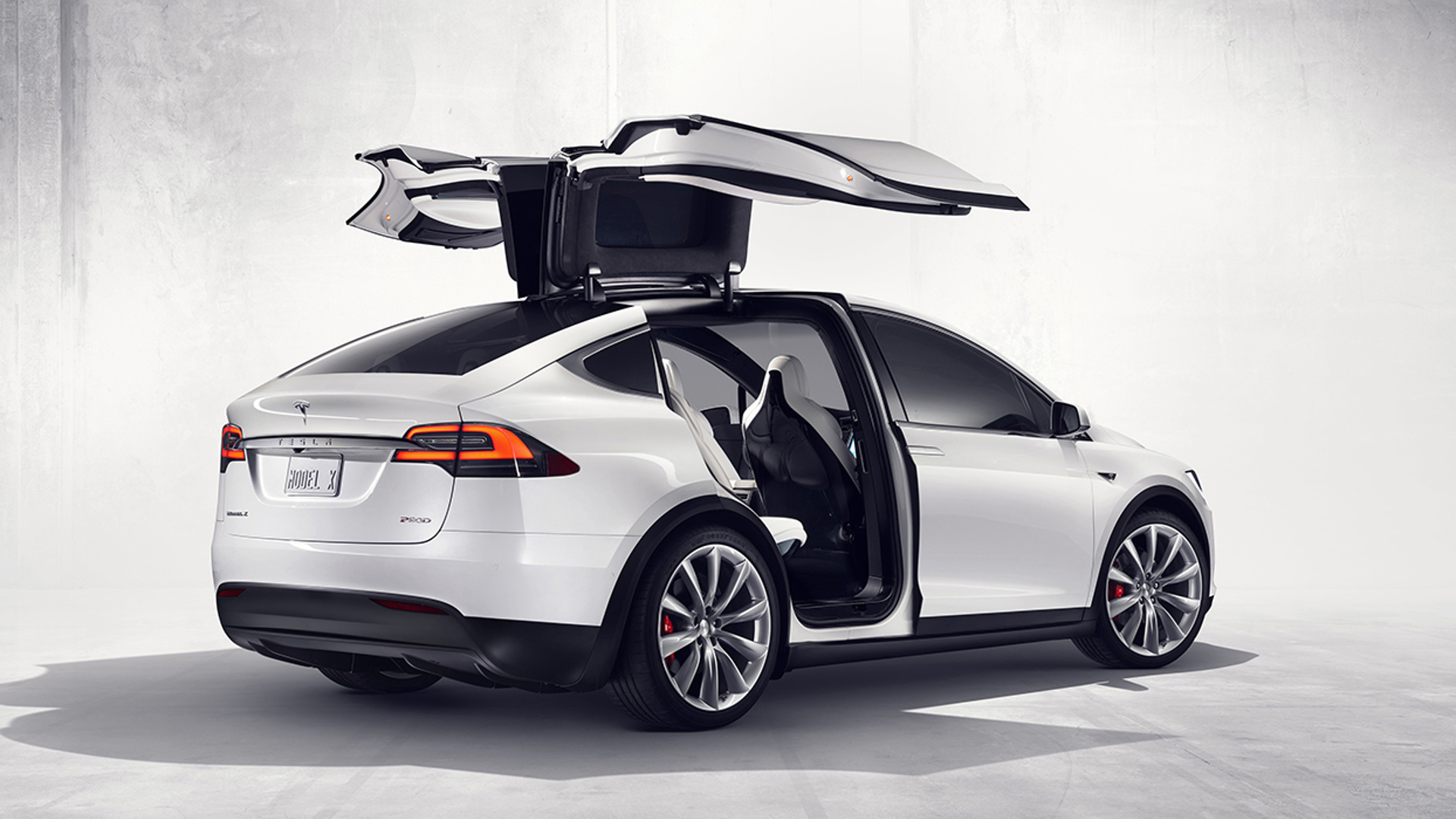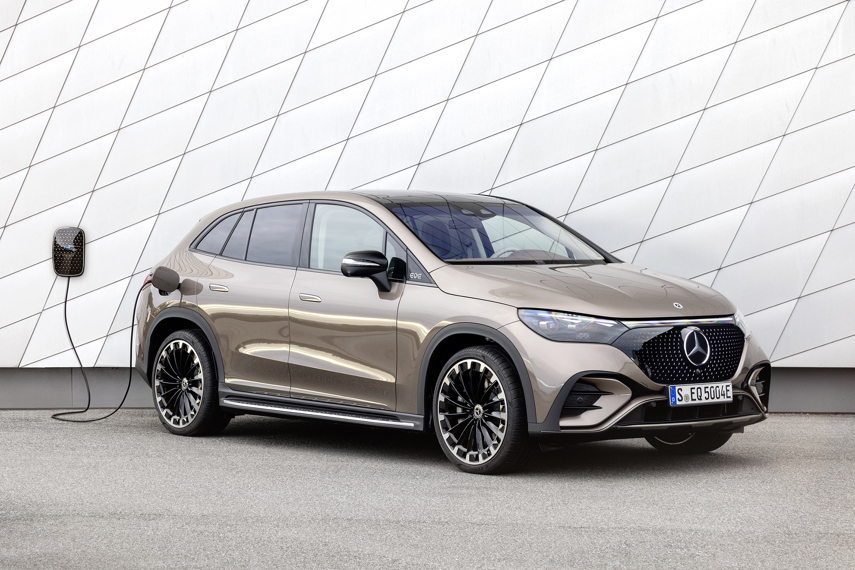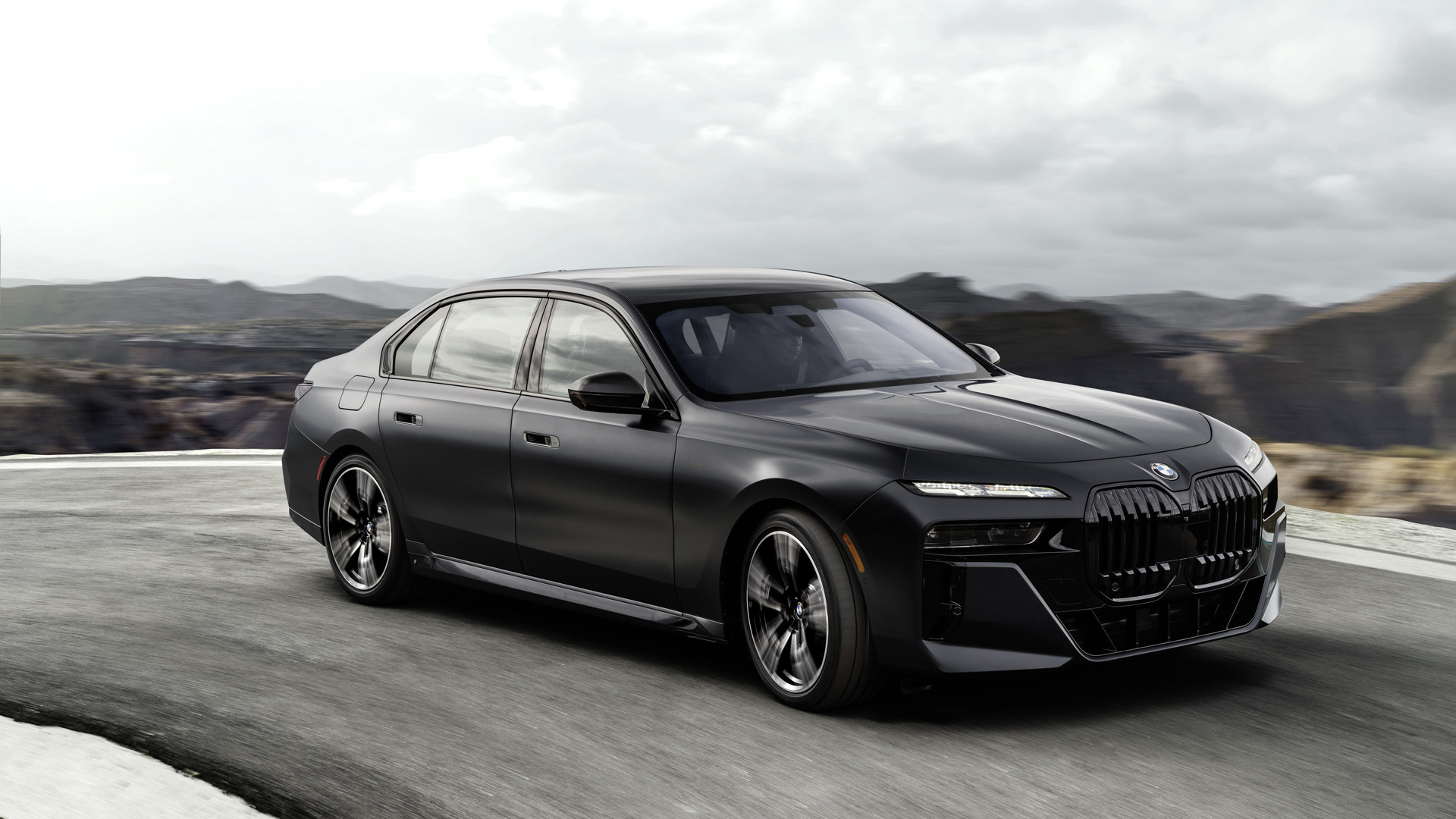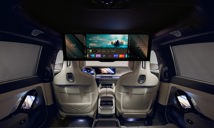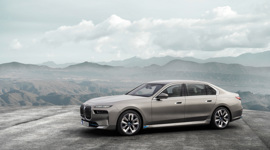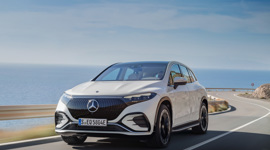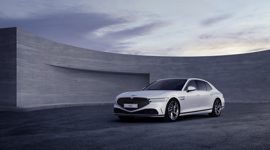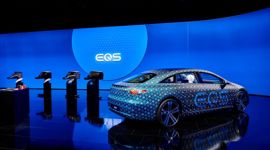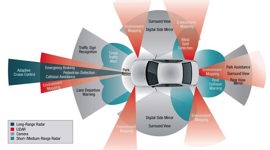Canadian drivers typically view air pollution as a foreign problem, relegated to mega-cities like America's Los Angeles or China's Beijing. But with recent air quality events like the COVID-19 pandemic and this year's record-breaking smoke from wildfires in Ontario and Quebec, the air quality in your car has become a significant concern right here in our country.
Health officials have long called out the importance of proper air filtration and ventilation for lowering transmission of the air-borne COVID-19 virus. At the same time, the fine particles from wildfire smoke can be a serious health risk, especially for children, seniors, and those with heart or lung disease. And as we've witnessed this summer, because smoke can travel thousands of kilometres downwind, anyone can be affected, not just those close to the fires.
What Are the Different Types of Automotive Air Purifiers?
Most new vehicles use a standard cabin air filter as part of a car's air conditioning system. This filters the air entering the cabin from odours, smog, and air particles. The first step in improving your car's cabin air quality is closing the vehicle's windows and recirculating the cabin air when stuck in bumper-to-bumper traffic or at a stop light.
Beyond standard cabin air filters, some automakers have developed more advanced air purifying systems solutions built into the climate control system that are more effective at cleaning the air than standard cabin filters.
Alternatively, suppose you want to improve the air quality in your current vehicle (or you're shopping for an older used car). In that case, portable air purifiers can be placed in your vehicle's cup holders or armrests.
What Automakers Offer Air Purifiers?
BMW & Rolls-Royce
BMW Group has been using air filtration systems since the early 1990s. Particulate filters were introduced across the lineup in 1990, followed in 1998 by filters that added an active carbon filter to the particulate filter. In 2020, the automaker introduced a new type of interior filter employing nanofibre technology.
This updated system makes it possible to prevent ultra-fine particles, certain microbial particles and allergens from entering the vehicle's interior. It's been available in Rolls-Royce vehicles, and the BMW 7 Series, 8 Series, X5, X6, and X7 models and other models.
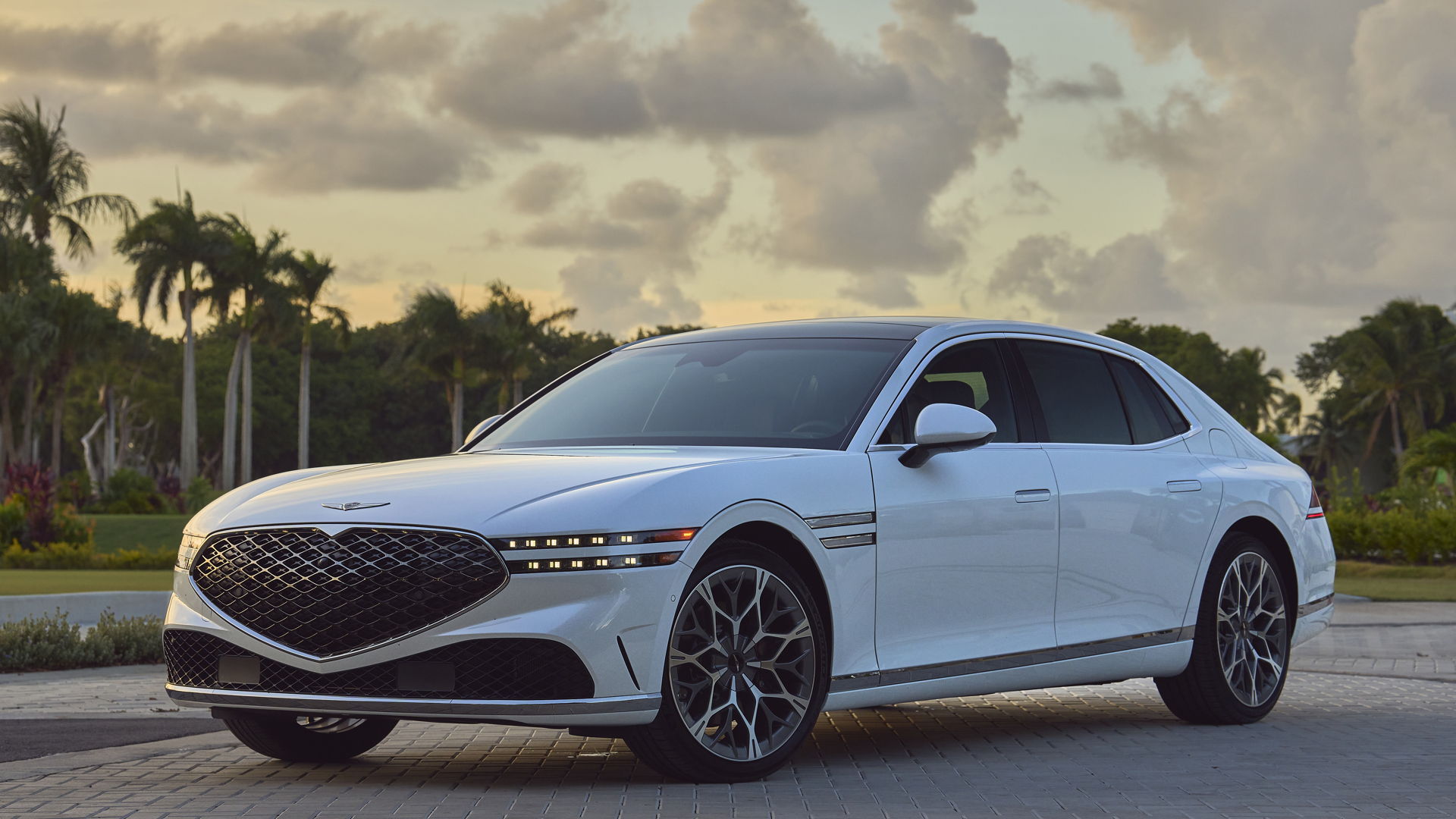
Genesis
The Genesis brand's air purification system includes a fine dust sensor, engine room pre-filter, and antibacterial-treated high-performance filter that reduces the vehicle's fine dust level. Genesis says the antibacterial filter blocks harmful substances in the air, while a photocatalyst module sterilizes the air to provide better interior air quality.
The G90 sedan is also the first Genesis with the Mood Curator fragrance system that sends scents throughout the car's cabin. Different aromas are all provided in replaceable cartridges mounted to the upper part of the glove box. The type and amount of the fragrance can be customized via the infotainment system, rear seat controls, and ventilation panels.
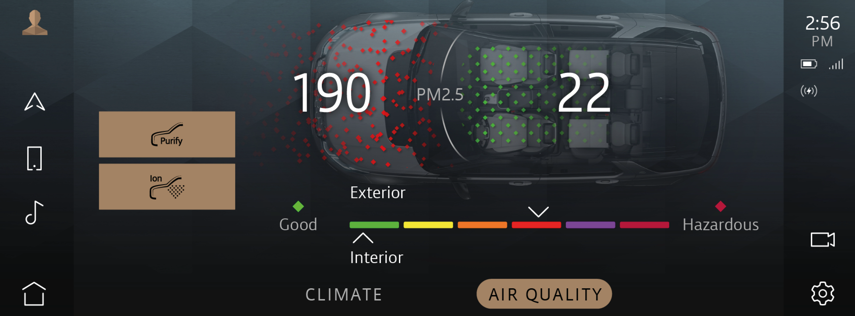
Land Rover
Land Rovers are known for their ability to transport their occupants to the four corners of the planet. But the air quality in some of those far-flung corners can be questionable. First announced as a prototype in 2021, the Land Rover Cabin Air Ionization system constantly purifies the air inside your globe-trotting SUV.
Now available with all new Land Rover and Range Rover SUVs, Land Rover’s system takes an electrical charge and ionizes particles in the incoming outdoor air. A condenser collects water molecules that are electrically charged (or ionized) and then traps contaminants (like allergens and bacteria). Land Rover says an added benefit to using a moisture based-system means the contaminants are better secured, making them less likely to escape the Cabin Air Ionization system’s filter.
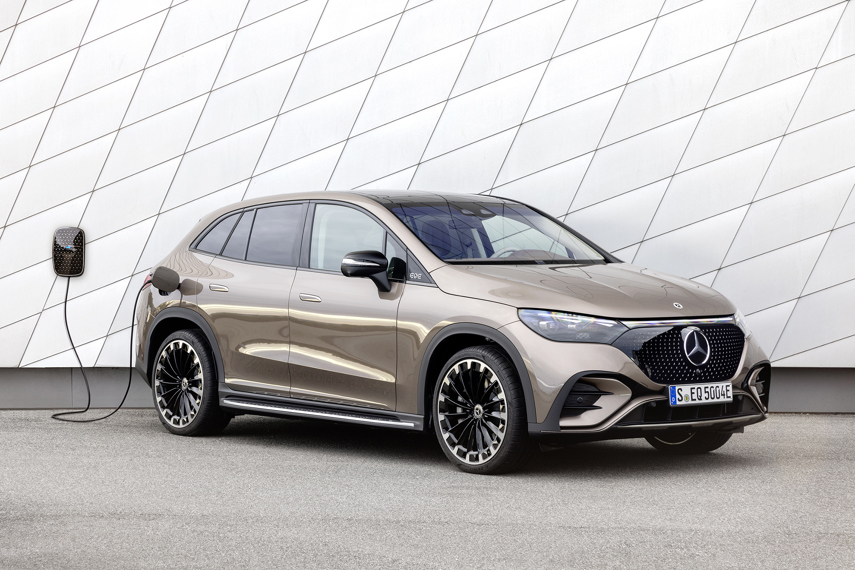
Mercedes-Benz
Like Genesis, the Mercedes-Benz Air Balance system combines air purification technology with fragrances via the climate control system. Available on a wide range of Benz models, Air Balance purifies cabin air with charcoal filters and ionizers. This combination filters outdoor irritants like pollen and dust and removes odours by applying an electrical charge to particles in the air so they adhere to the filters. The second half of the Air Balance system is an optional fragrance atomizer. This feature can be adjusted through the Air Balance menu in the car's infotainment system.
Mercedes offers a second, more advanced Engineering Air Control Plus system, first available on the 2022 EQS SUV. A HEPA (High-Efficiency Particulate Air) filter traps fine particles, microparticles, pollen and other substances from the outside air. Like all HEPA filters, this system filters up to 99.75% of particles, plus activated charcoal to neutralize odours.
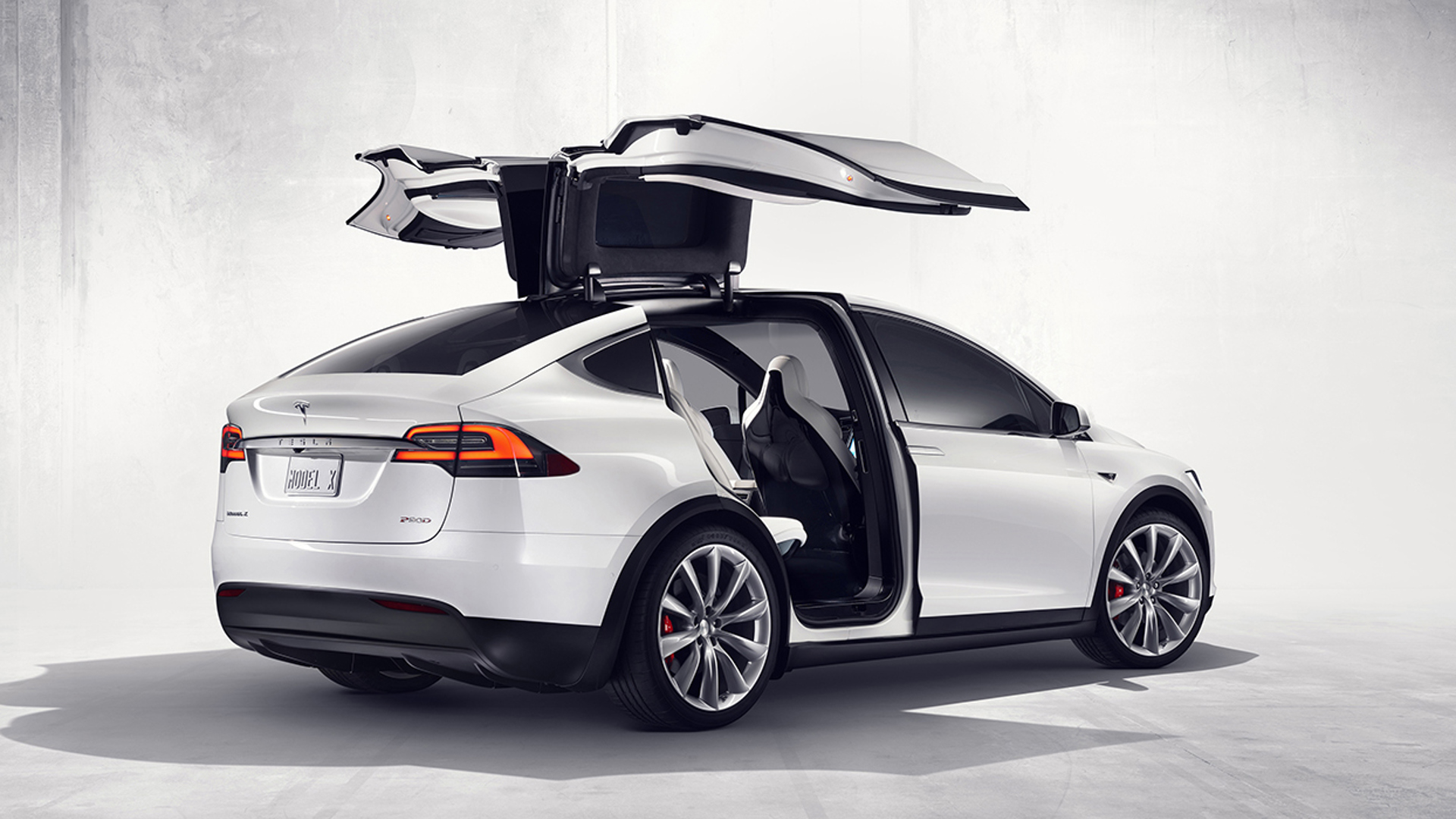
Tesla
Tesla was the first automaker to make HEPA air purifying technology available in cars. Combined with the automaker's Bioweapon Defense Mode, this solution creates a positive-pressure environment inside the cabin, preventing outside air from leaking into the vehicle. The result is an air-tight cabin that continuously filters and circulates clean air.
Tesla introduced the HEPA filter and Bioweapon Defense Mode in 2016 on the Model S and X models. As of 2020, Bioweapon Defense Mode became standard on the smaller Model Y.
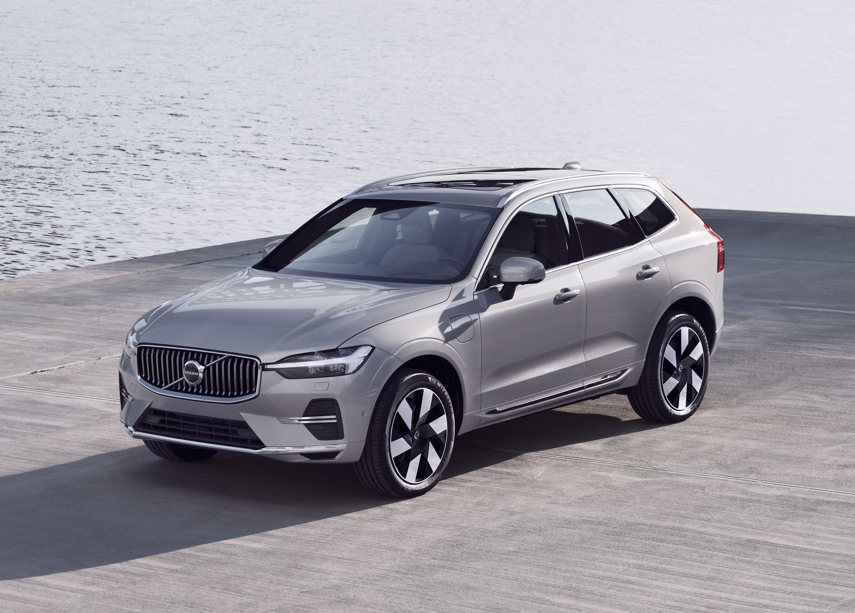
Volvo
First seen in the 2014 XC90 and now available on all recent Volvo models, the automaker's CleanZone system monitors whether or not the air quality in the passenger compartment meets the system's standards. If not, the text "CleanZone" glows white in the climate controls. When all conditions have been met, the text changes to blue.
The list of conditions that need to be met for CleanZone to be activated is long, ranging from ensuring all the doors, tailgate, windows, and panoramic roof are closed, the ventilation fan is activated, and the air recirculation is deactivated. Volvo's CleanZone can also automatically close external vents and switch to recirculation mode, ensuring the cabin air remains as clean as possible.
